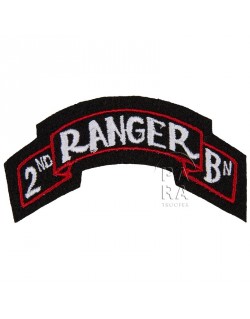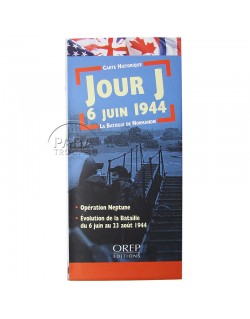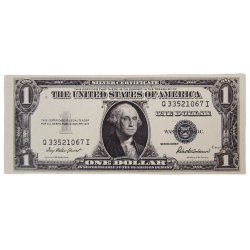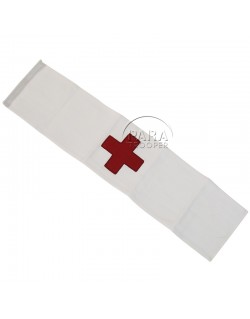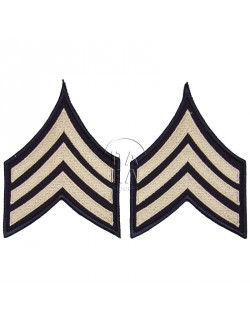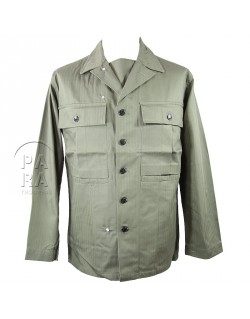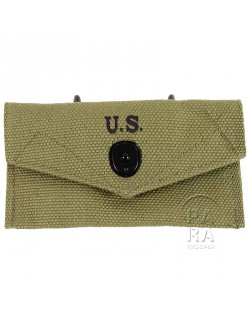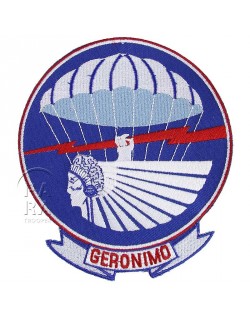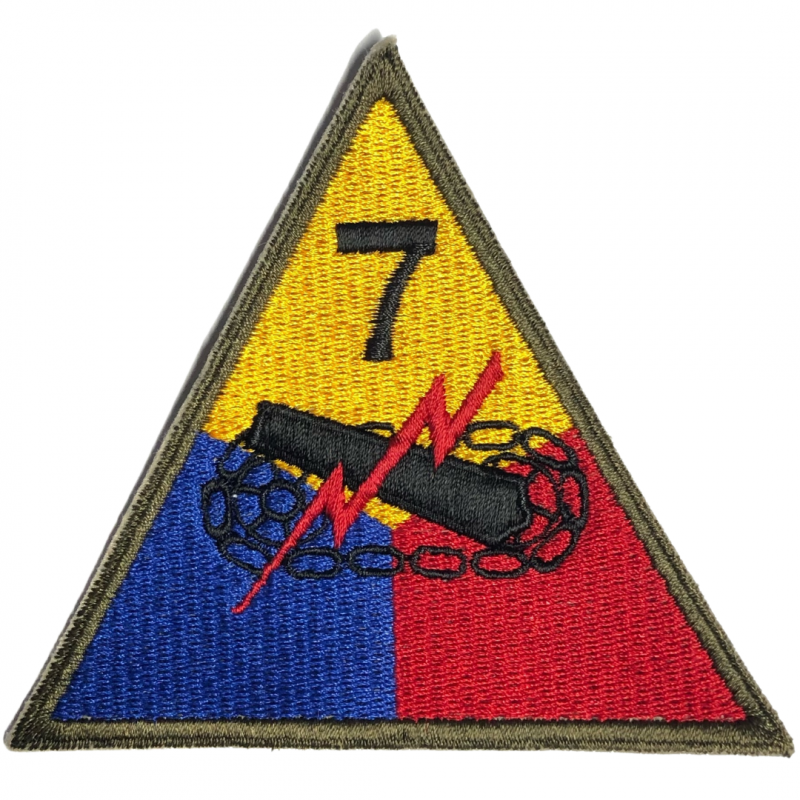

(1 review)
Patch, 7th Armored Division, Metz, Manhay, Saint-Vith
€7.50
Tax included
Reproduction of the shoulder sleeve insignia of the 7th Armored Division "Lucky Seventh".
Campaigns
- Northern France
- Ardennes
- Rhineland
- Central Europe
Product Details
16371
Customer reviews
Reviews about this product
-
Au top qualité française !







